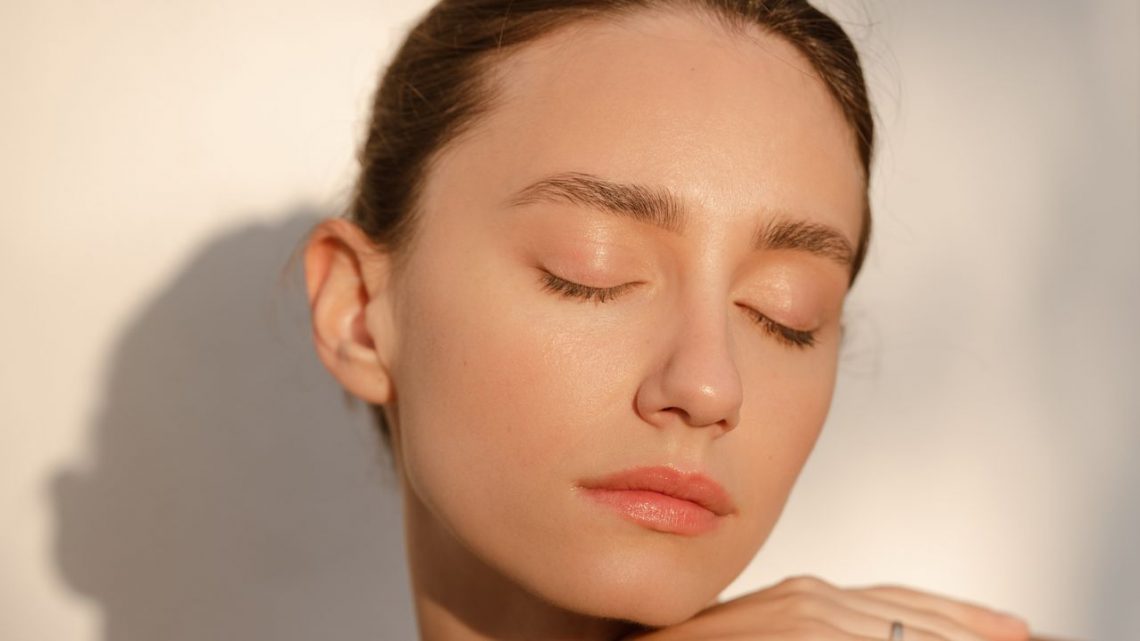
It’s Not a Whitehead, It’s Milia – Here’s How to Treat it
Although extremely common, milia are often misdiagnosed. In fact, the chances are that even if you’ve got milia, you might not know you have. Often mistaken for whiteheads, milia are small, pale bumps that often appear out of nowhere and often don’t disappear without treatment. While you can get milia almost anywhere, they’re most commonly found under the eyes, on the cheeks, or along the nose.
“Milia are tiny cysts that sit just under the skin’s surface,” explains cosmetic physician and head of education at Acquisition Aesthetics, Dr Emmaline Ashley. “They are full of a protein called keratin, which is commonly found in your hair, nails, and the outer layer of skin.” As for what to watch out for? Look for small, white bumps that feel hard and don’t respond to squeezing or spot treatments. In fact, unlike spots, milia are not inflammatory, infectious, or even vaguely related to your usual breakouts and blemishes.
Vogue’s pick of the best products to treat milia:
In this article:
FAQs
What is milia?
Our skin isn’t just a protective barrier. It’s a living organ that renews itself roughly every month. As part of this natural cycle, dead skin cells are meant to shed from the surface, allowing fresh, healthy ones beneath. But sometimes, that renewal process doesn’t go quite as planned, and milia appear instead. These tiny, pearly bumps form when dead skin cells and keratin (the main protein found in skin) become trapped beneath the surface, rather than shedding as they should. Often appearing under the eyes and cheeks, they tend to occur in delicate areas where the skin is thinner, making them more susceptible to buildup. “Clinically, milia are smooth, dome-shaped, and feel firm to the touch,” says Dr Ashley. “Unlike a whitehead, they don’t come to a ‘head,’ they’re not red or inflamed, and they’re usually not tender or painful unless irritated.”
What causes milia?
According to Dr Hussein Yassine, dermatologist and founder of Skin Expert Clinic in Beirut, milia is often found in newborns and in adults with dry or damaged skin and can be triggered by multiple factors, one of them being the use of occlusive ingredients or very thick, hydrating formulas, as they disrupt the skin’s natural exfoliation process.
If you’re prone to milia, it’s important to avoid heavy occlusive ingredients, particularly in those areas. That’s things like petroleum jelly, mineral oils, lanolin, beeswax, paraffin, and other rich natural oils and cocoa and shea butter. Even ingredients like dimethicone, commonly found in make-up, can contribute to congestion, especially when layered too heavily. Even using heavy eye creams, failing to properly remove make-up, or relying on occlusive products in hot, humid climates can create the perfect conditions for milia to form.
There’s also a lesser-known subtype known as traumatic milia that can occur after the skin experiences stress. Think resurfacing lasers or dermabrasion. In these cases, the skin’s natural healing process gets disrupted, trapping keratin beneath the surface as it tries to repair itself.
How to treat milia
In most cases, milia is harmless and tends to resolve on its own with time. But if it’s persistent – or simply bothersome from a cosmetic standpoint – experts recommend a combination of consistent at-home care and professional in-clinic treatments. “A skilled clinician can use a sterile needle to gently de-roof the lesion,” says Dr Ashley. “Cryotherapy, diathermy, or even laser ablation can be suggested for more extensive cases.”
